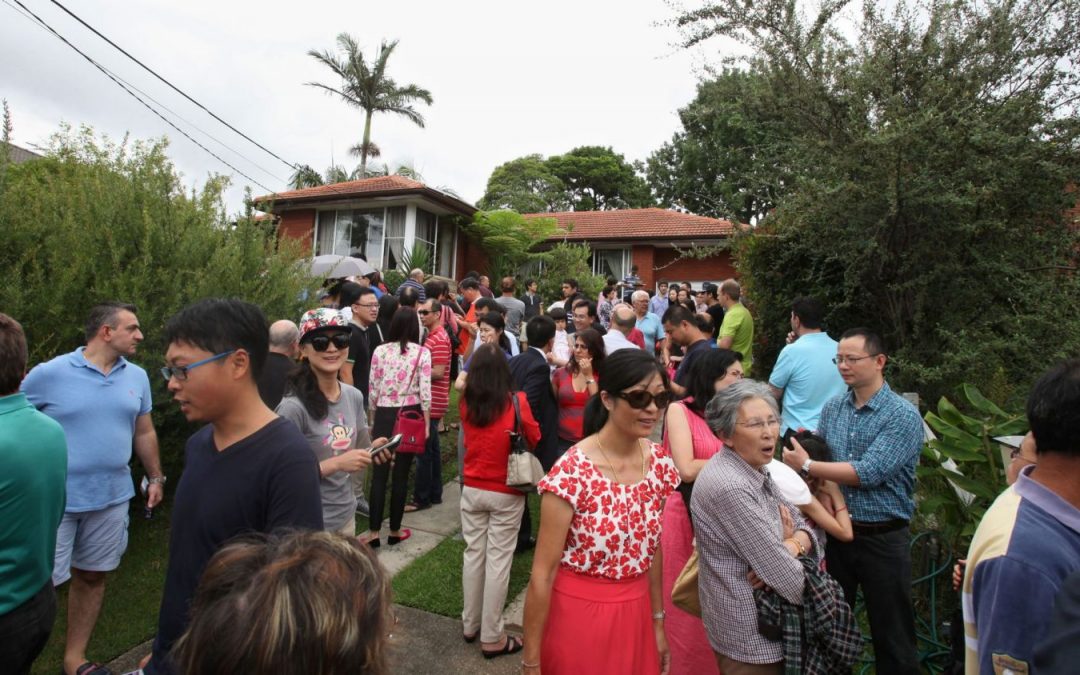Wind back the clock 18 months. We were in the middle of a property boom and pressure was mounting on politicians to keep housing affordable. One of the culprits for the prices surging was seen to be foreign buyers. Rather than take the New Zealand route of simply banning them, governments here took a more pragmatic approach; they taxed them. Not just a bit. By quite a lot. A raft of additional taxes were applied by both the State and Federal Governments. This included a second wave of taxes to address the conundrum of empty homes and insufficient rental properties.
This has led to a quite extraordinary situation now, where the costs are so high that the foreign buyers have largely stopped buying. Some will argue that this is a good thing. Whilst it isn’t clear if governments hoped to obtain the dual benefit of additional income AND a reduction in buying pressure, the result is pretty much the same as NZ. They’ve stopped buying. To understand why, review the costs they now face.
Example of Additional taxes and fees on a Foreign Buyer that doesn’t occupy the property:
Assumptions: Purchase Residential Property for $1.2 million
Site Value $1 million
FIRB cost (approx.) $11,000
Additional Stamp Duty $84,000 Total $95,000 approx. in upfront costs
Ongoing per annum
Land Tax (1.5%) $15,000
Vacancy Federal Gov $11,000
Vacancy State (1% of CIV) $12,000 Total $38,000 pa approx
So, it’s not hard to see why there is now a capital strike. Combined with the crackdown on lending criteria, this goes some way to understanding why values have been declining for the last 11 months. Not necessarily a bad thing but whether it’s a good idea to completely eliminate foreign owners is certainly worth debating (nicely). It certainly won’t help the Government revenue base. As taxes drop with prices, it will be fascinating to see if they still think effective exclusion is the best policy.

